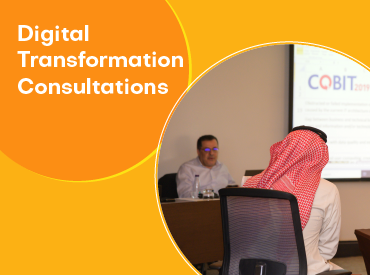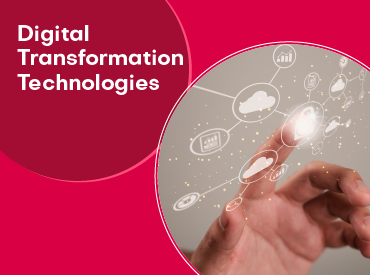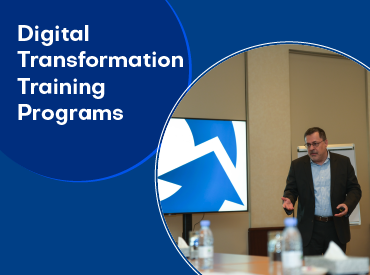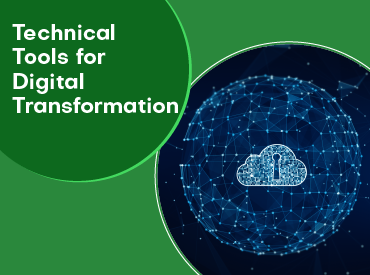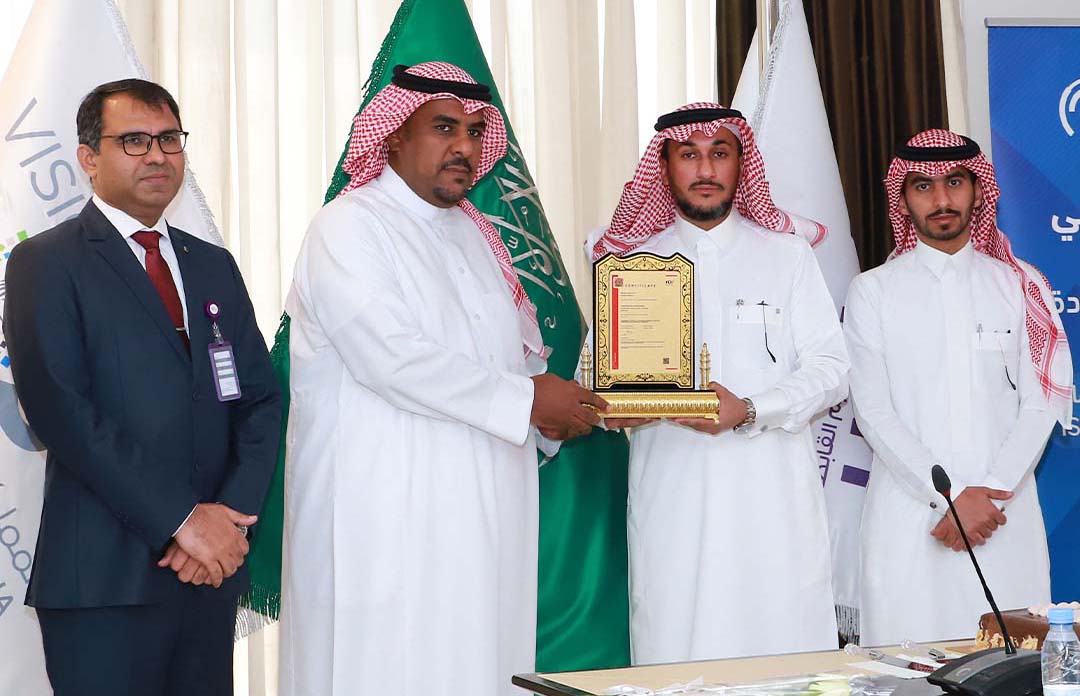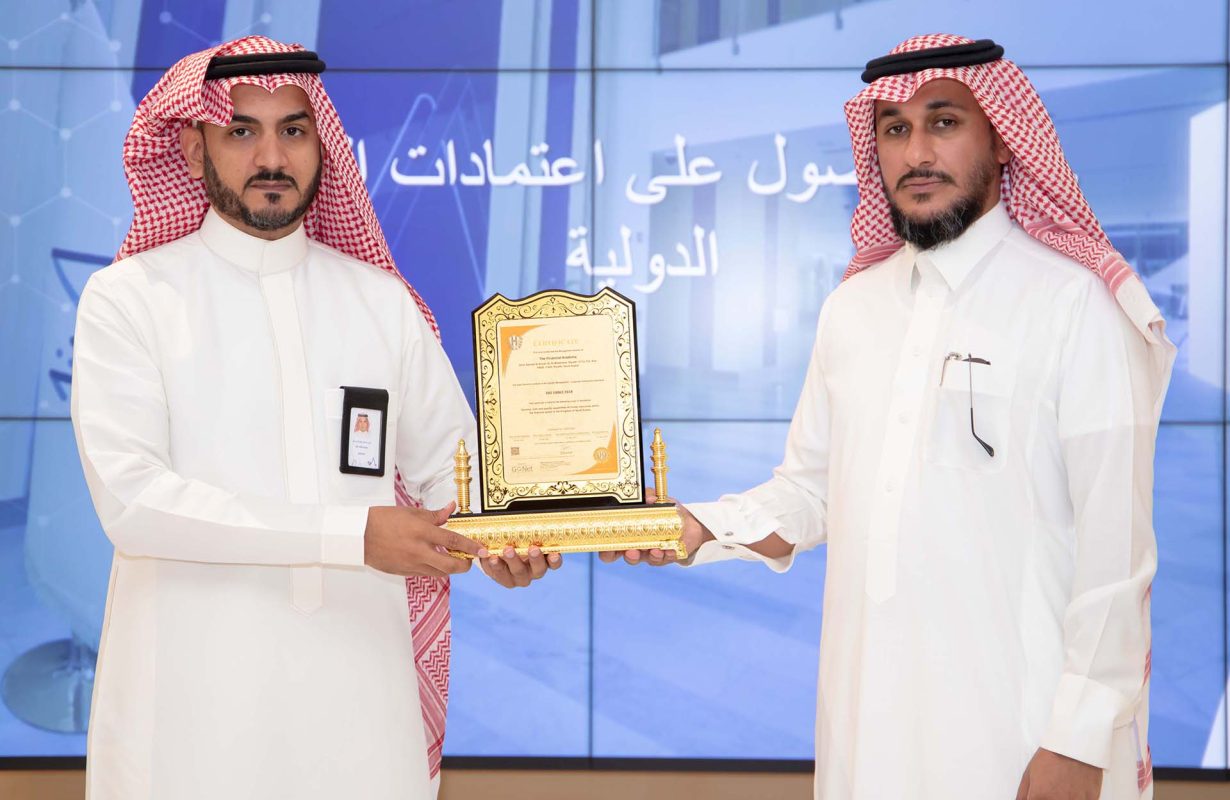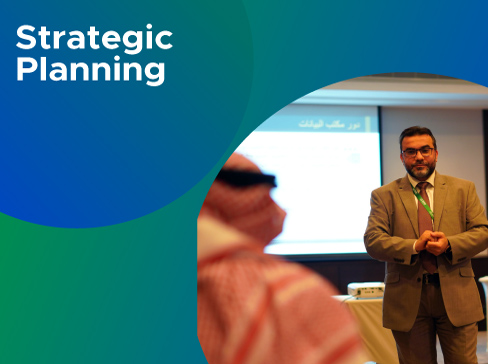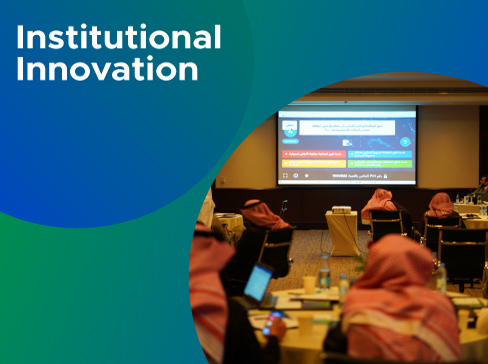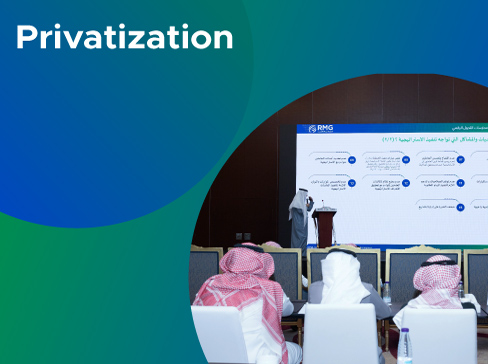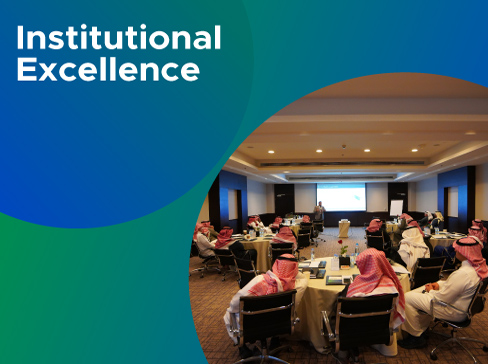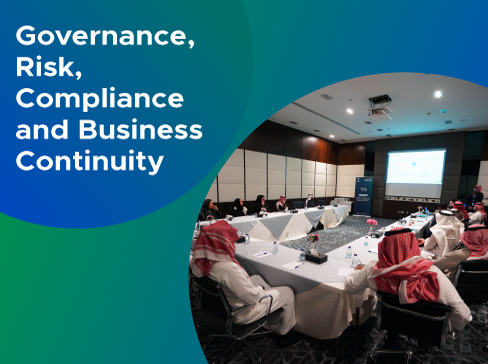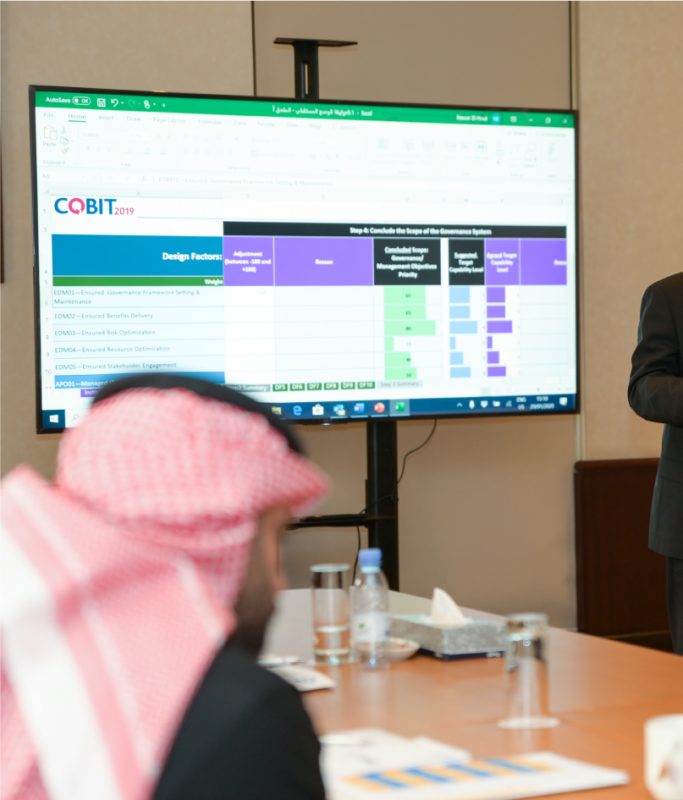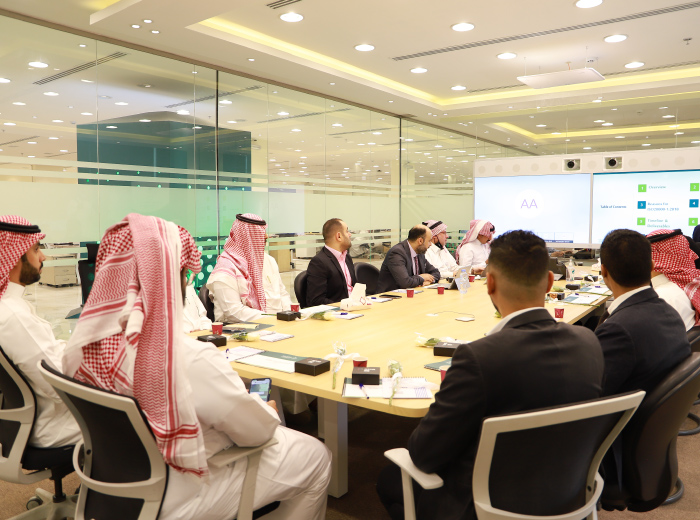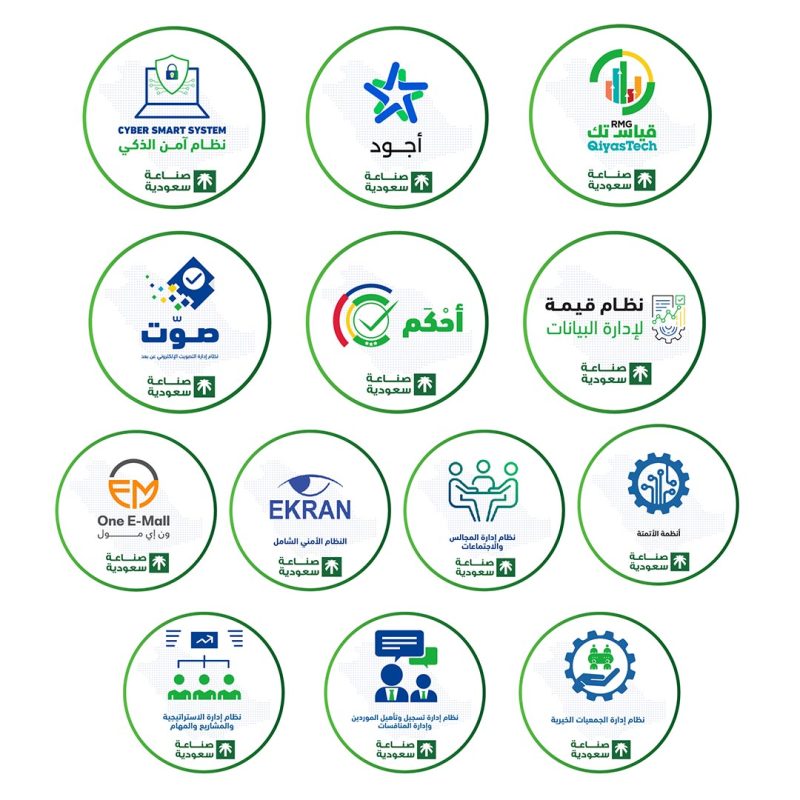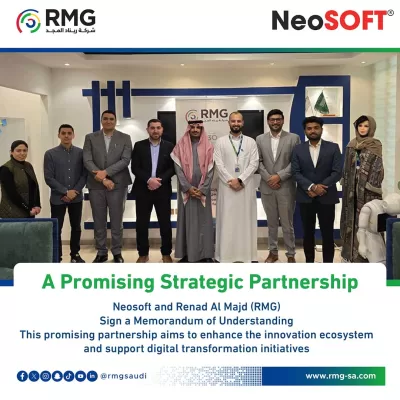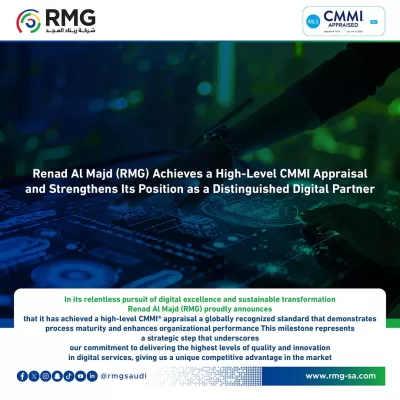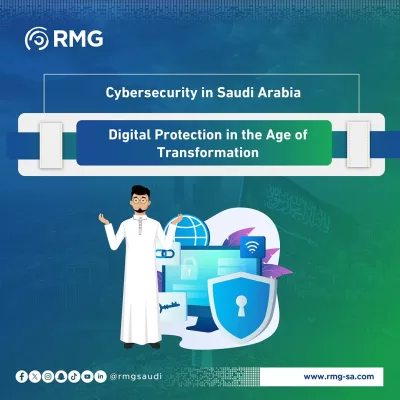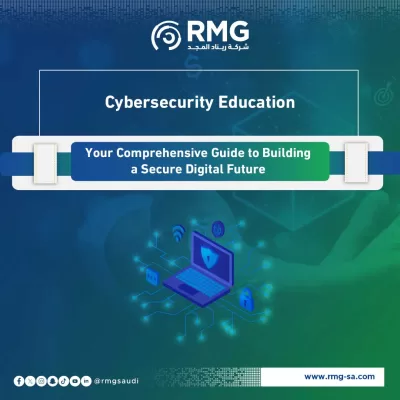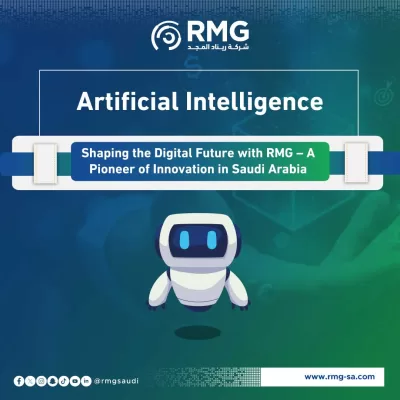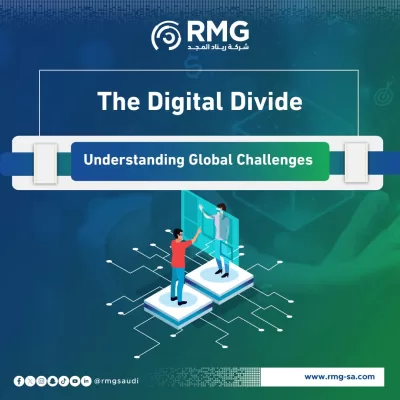Today, in the post- coronavirus pandemic age, And under the urgency that enforces facilities to transform, the companies become focused on developing the business and changing its methods and models in order to keep up with the new consumer pattern of customers, and improve business performance by finding out the creative methods to overcome the recession caused by the epidemic.
The ongoing changes in the market and technological progress had formed an inevitable need to resort to the institutional transformation to business in order to maintain its competitive position and market share. But, it’s not possible in any case, to start a journey transformation in order to transformation only and following the behavior of the herd; So the organization does not drain its resources and investing lots of money for a small return on investment (ROI).
While many companies and organizations are launching transformation projects, a lot of them feel that the transformation operation is not easy at all, and they face obstacles through the transformation journey.
This article aims to shed light on driving forces and critical factors of the success for institutional transformation that make the transformation is a dynamic responsive to changes in an instant and sustainable manner, With mentioning some examples of the success and failure of some companies that make a comprehensive transformation on their business.
What’s the meaning of institutional transformation?
It’s a process of transformation or moving the organization from its current state to another self- targeted case for improvement and development; to adapt to changes.
The Factors of success for institutional transformation
Working to enrich customer experience
Transformation journey efforts should be centered around clients, where customers are interested about the value they receive from buying products and services, they also care about how it is presented, the ease of obtaining the information and details of the services/ products, the availability of technical support and the good interaction with the staff at communication point.
And to enrich the customer experience, companies should be searching for and in the challenges that face their customers, and make changes and improvements according to these researches. Reinventing the customer experience deem as an excellent step towards the success of the transformation, which the excellent experience of the customer, keeps customers blessed and satisfied and enhances their loyalty, which leads to more business and referrals.
Adapting technology to add value
In our age, there is a large number of technological options, but you cannot adopt them all in your organization through the institutional transformation process. Rather, the choice between them should be based on specific criteria; such as: knowing the value that a specific technology will add to your business and finding out how appropriate it is for your organization and your business activity?
The value provided by the selected/chosen technology adding is often improvements and enhancement of the customer experience, operations, products, and services and enhancing the position that the products or services occupy in the market and in the minds of the customers.
Selecting appropriate technology process helps in adopting solutions easily within the organization, thus, reducing the period of implementation of institutional transformation. And by conducting the necessary investigation to ascertain the value that technology brings, will increase the benefits that will be gained from the technology.

Front-end and back-end process integration.
Activities and procedures, like marketing, public relations, and sales that the companies deal face to face with the client or what is known as the “Front-end” operations, always have the priority while determining the investment and development options in the institutional transformation process, and that’s left the “Back-end” operation, the operational part of the work when customers rarely see or hear about it, it Includes for example not limits: management, accountant and human resource that run with old systems, and it may have been enhanced over the years. As a result of merging the “Front-end” modern technique with the “back-end” traditional technique, a major weakness is forming within the organization.
This integration has the central importance of making a smooth transformation where operations are fully optimized, without proper integration, “back-end” operations become a major obstacle in front of complete institutional transformation, which will reduce the effects of transformation efforts.
Measures for obtaining insights and choosing the analysis tool accordingly
Companies are saving a huge amount of data in order to turn them into useful insights. But what defines how useful it, is the analysis tool used. Instead of using traditional tools to make the necessary analysis such as “Excel” you can use modern software and applications that provide better features and capabilities.
Modern applications such as the business process management (BPM) programs provide functional capabilities for real-time data extraction at critical steps of the process.
Useful measurement provides proper data for relevant and timely analysts which eliminates cumbersome dual approaches that take a long time and expose to endangered. It is known that companies with a clear vision are ahead from their competitors because they have insights that enable them to take more effective and faster actions.
![]()
Continuous participation and collaboration among all
Administration silos or self- continued administration are the departments that have rich resources from which the business projects are benefits from, but they are not show enough collaboration and hinder the progress of the project.
In any project, the department of finance, sales, marketing, information technology and operations need to share their knowledge and resources about customers and experiences. And To achieve better results in an institutional transformation process, collaboration efforts must be expanded beyond business.
Interdepartmental collaboration is the best way to filter out conflicting ideas and selecting priorities of what is the most important to the client and the company. And if the organization is not able to find out or create this desire collaboration during the institutional transformation journey; This will lead to sub-standard of performance, changes, and lackluster results that no one is satisfied with.
Create an organizational culture for a change
Values and beliefs in general drive the behavior of the people, and if people in the organization don’t convenient about the idea of institutional transformation and its purposes; It would be difficult to force them to change. And on the contrary, when the change is for self-interest, the person is ready to experience of change.
In every transformation initiative, there is resistance to change, and to reduce symptoms of resistance to change in the organization, you must establish a culture that adopts renewing new things and is centered around thinking about learning from failure. The adoptive culture of business allows enhancing the momentous for transformation, improving the situation, and achieving better results.
In conclusion, it can be said that the institutional transformation journey is a long journey and not easy at all, but it’s very important to go through it to guarantee the sustainability and growth of the company and to ensure it remains in the competition. Thus, leaders must consider in cultural, structural, and technological factors during the transformation journey, and make it centered around customers, operational process, and business model.

Do you need help during your institutional transformation journey?
Renad AlMajed for information technology (RMG) company provides the necessary advice and guidance, by +60 experts and consultants, during all stages of the institutional transformation process, which helps to put the project on the right path, and develop it and make it more flexible and suitable.
Call Us NOW, and get a free consultation with our business experts.



